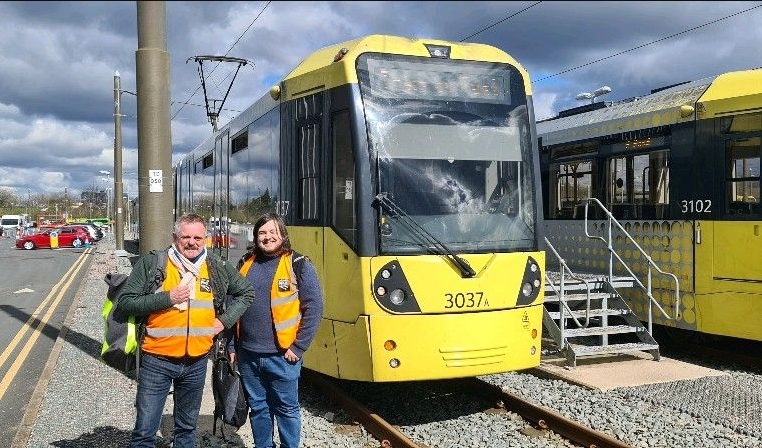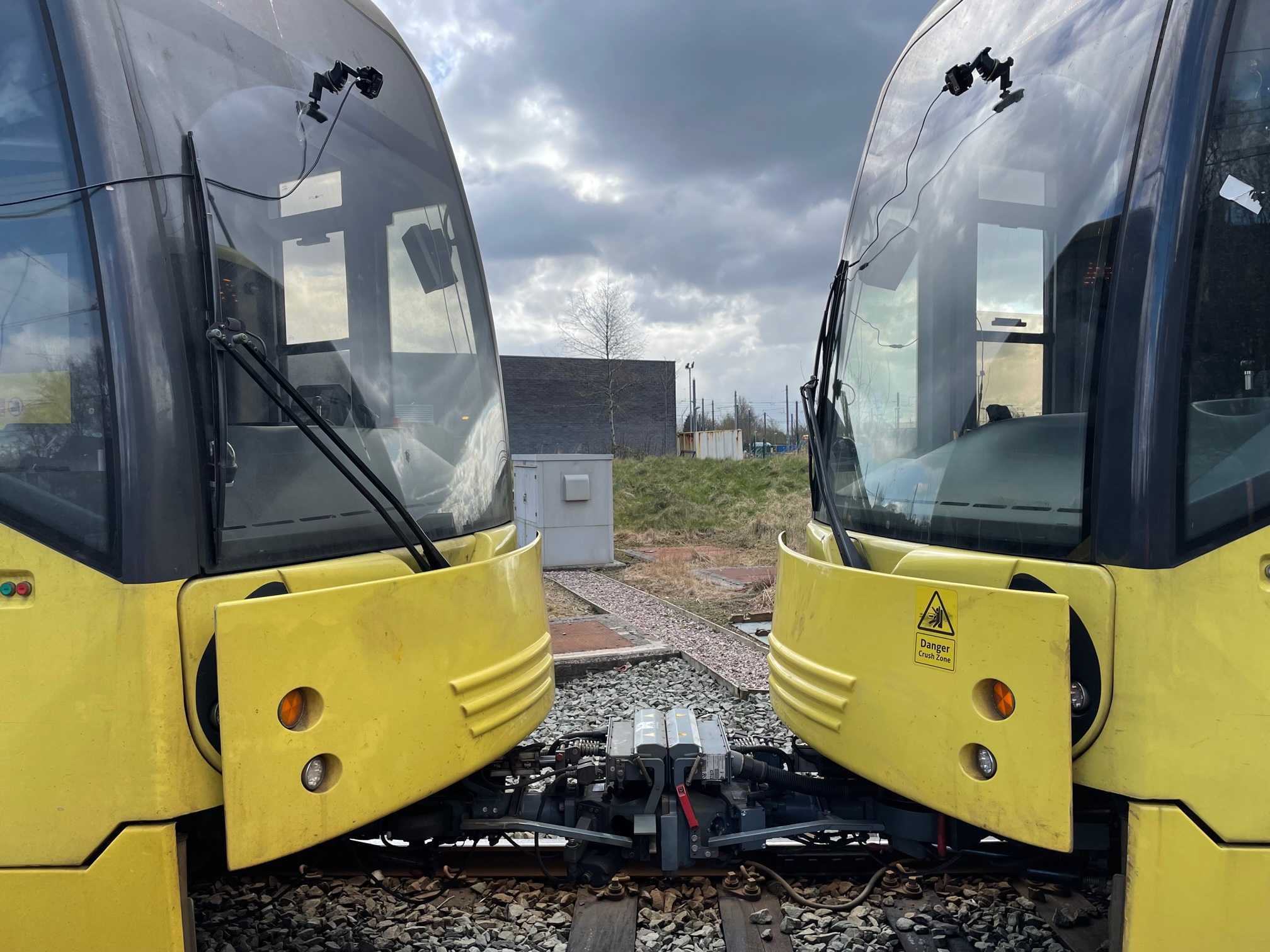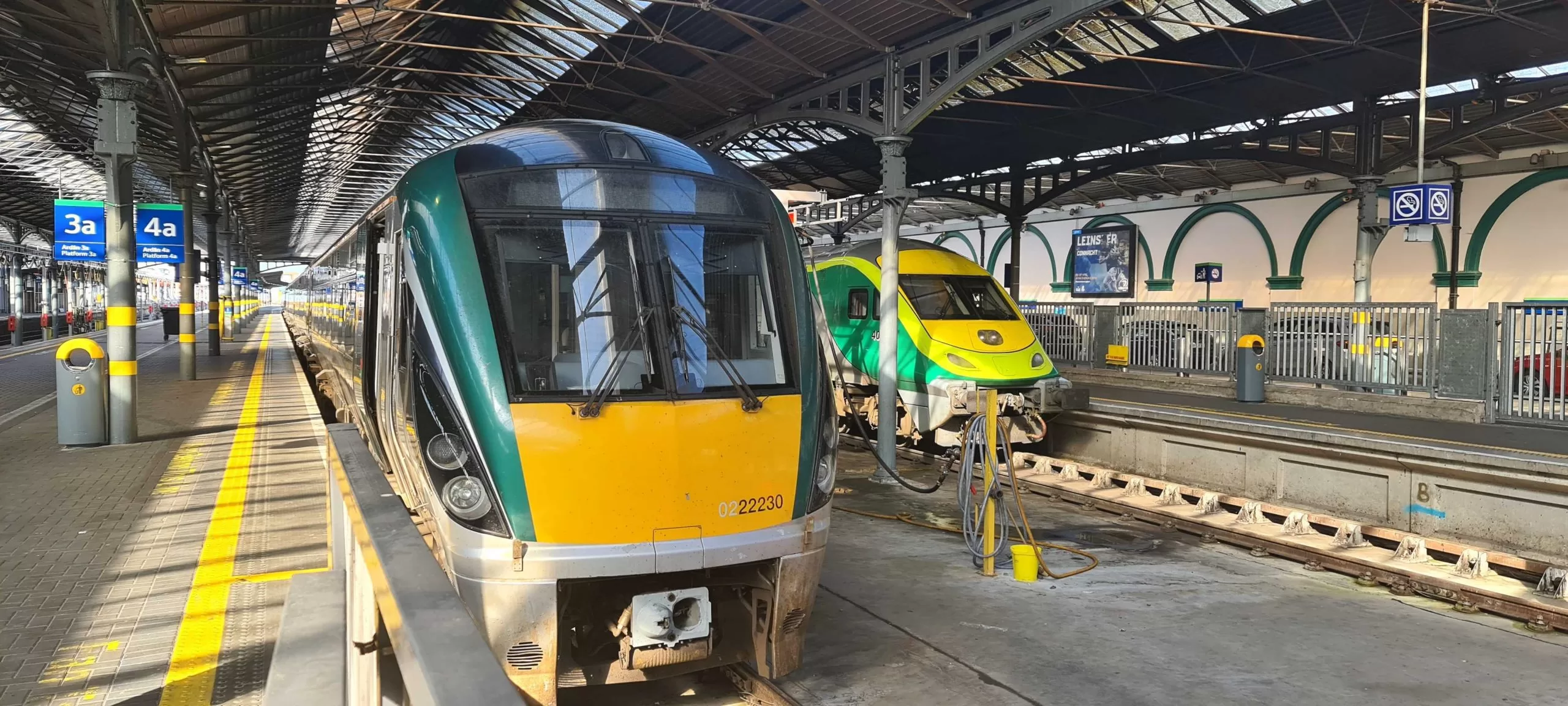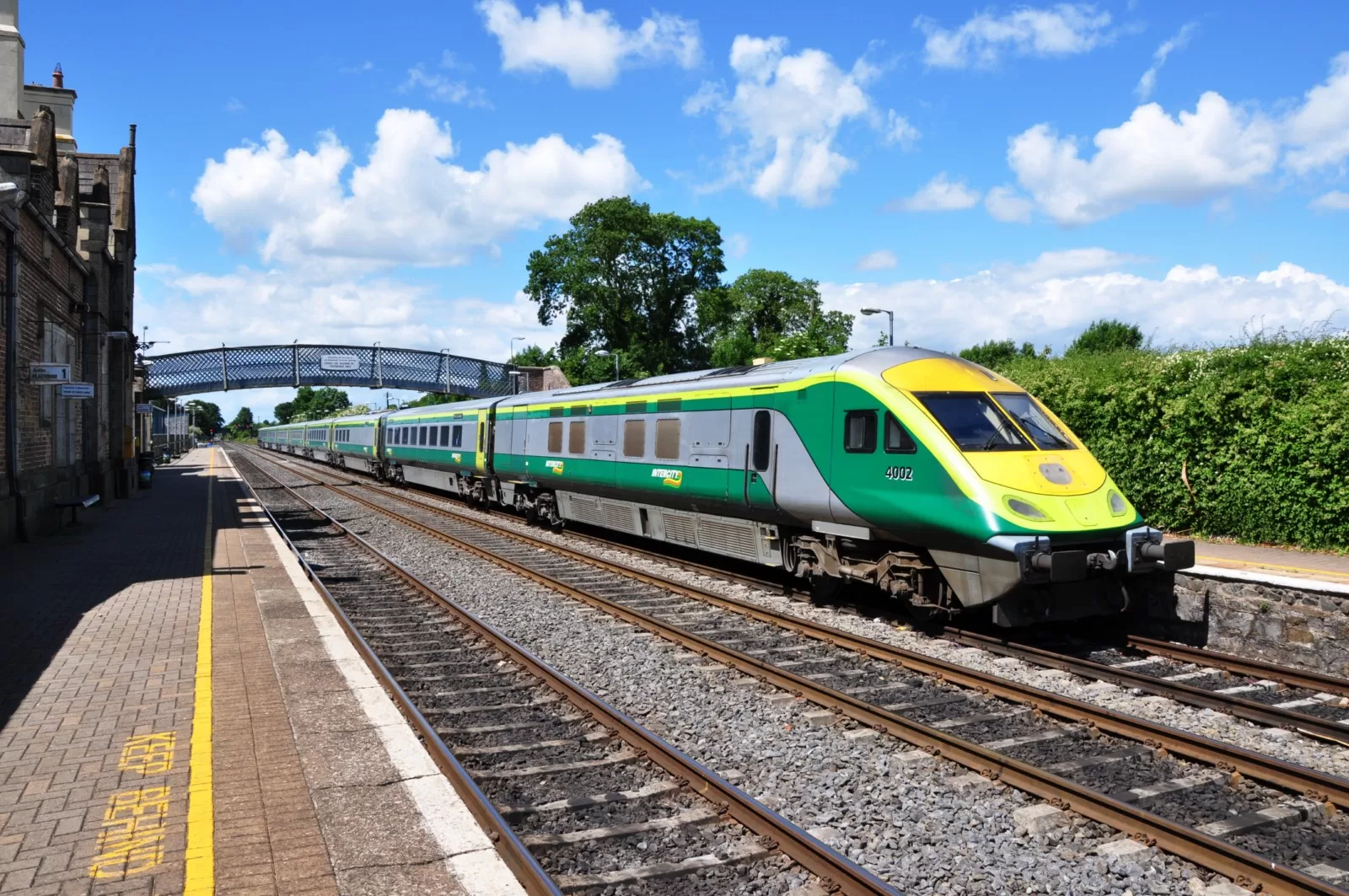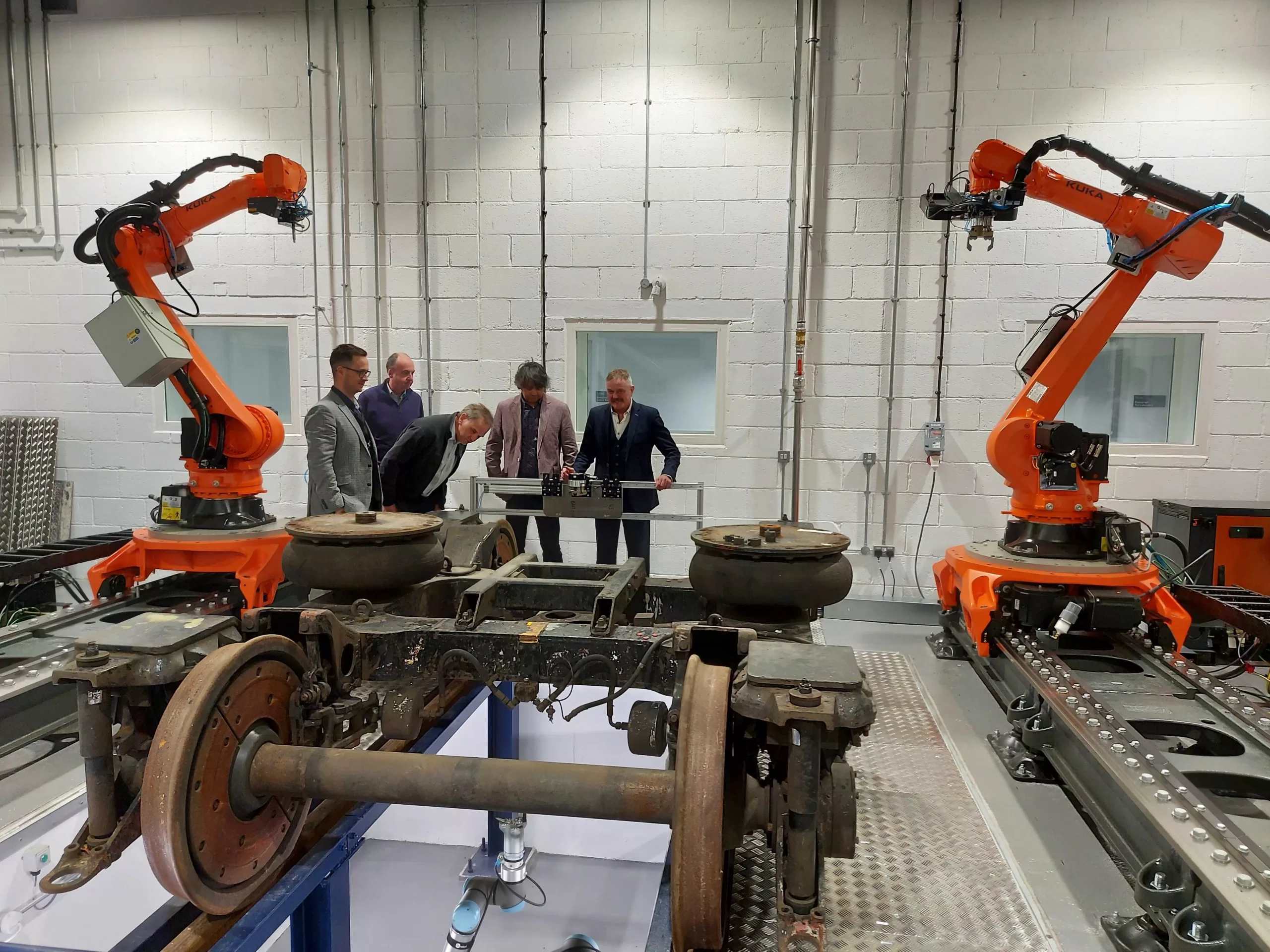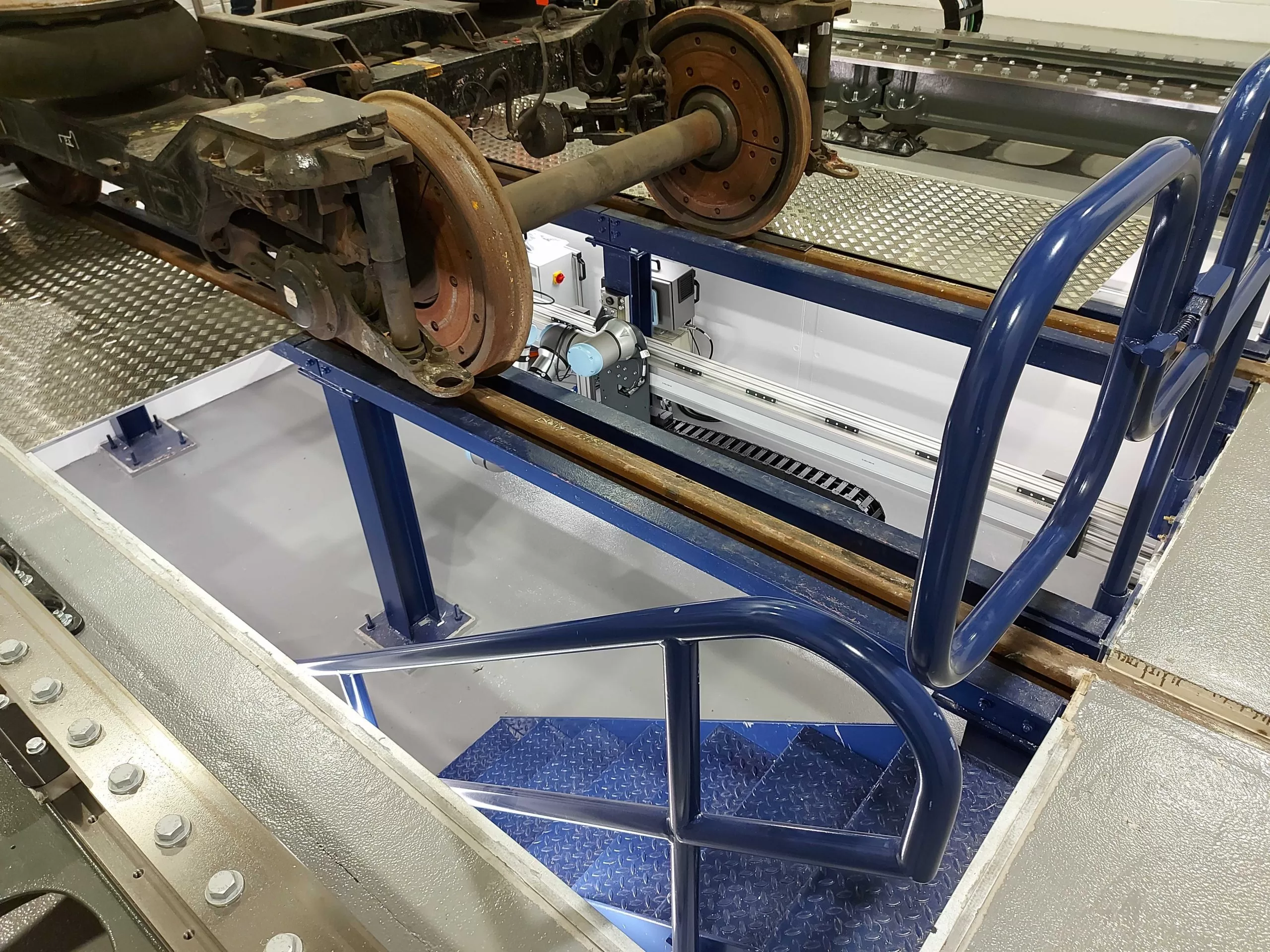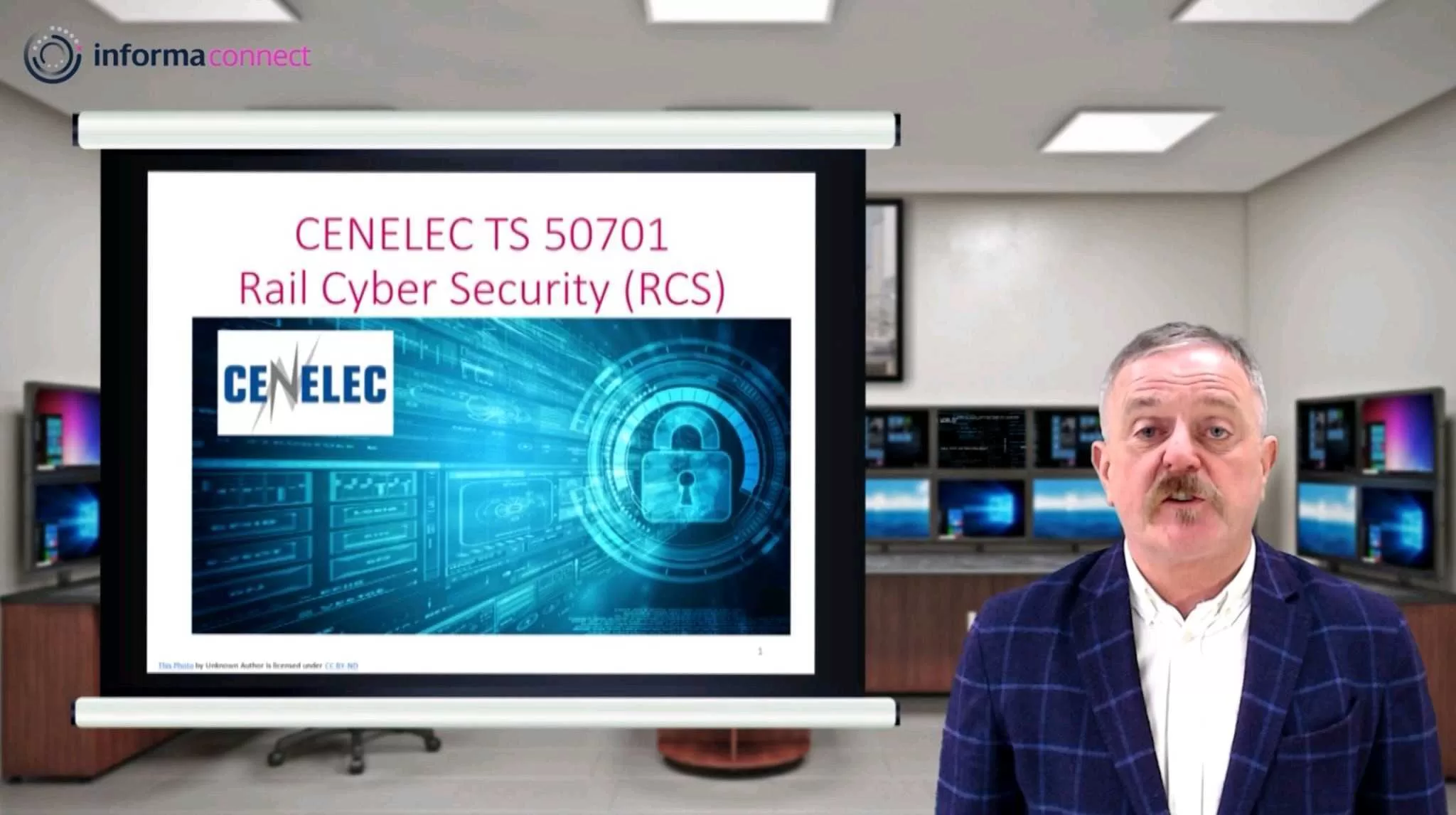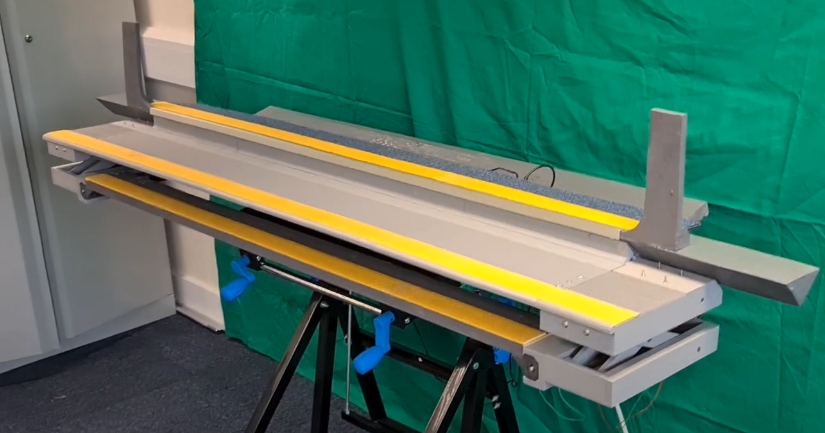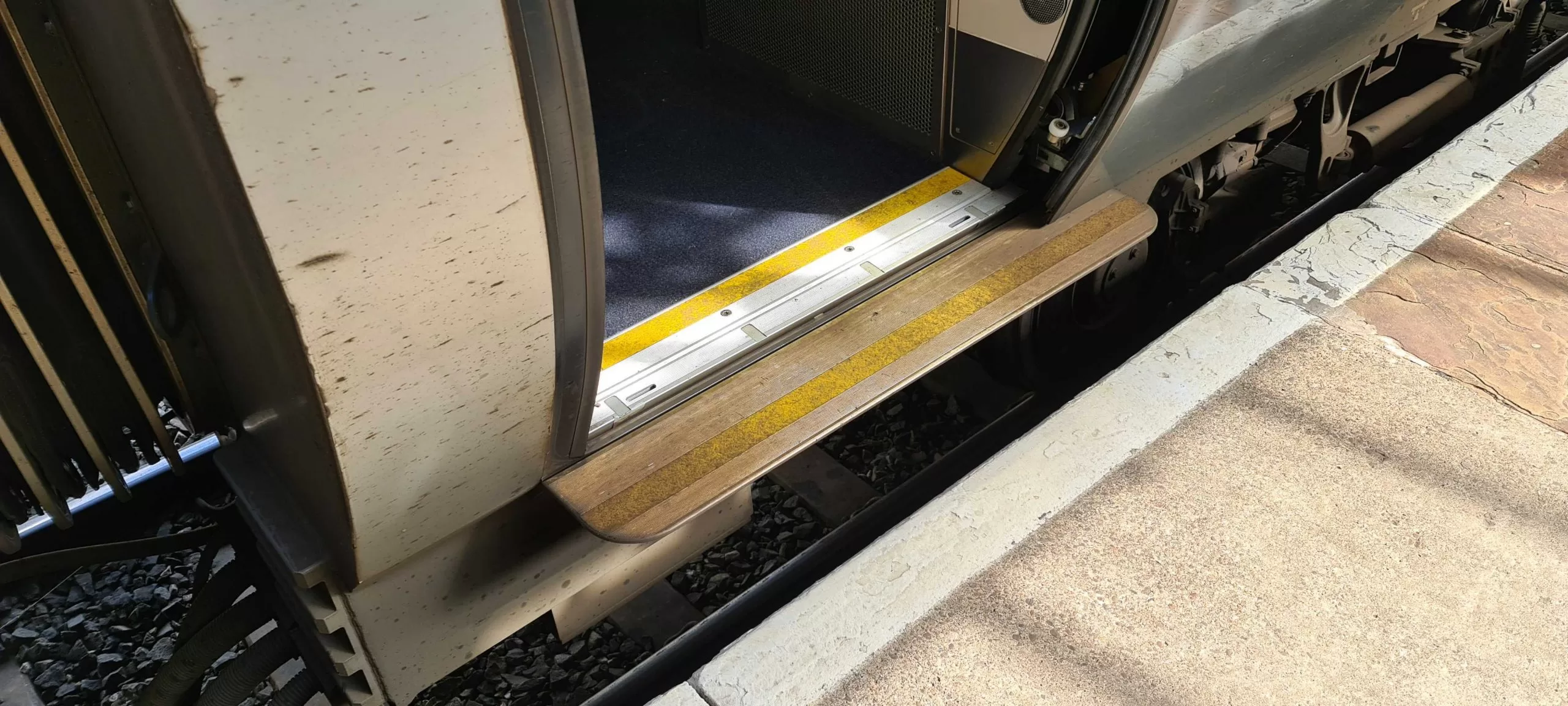
 Photo by Mark Foster on Unsplash
Photo by Mark Foster on Unsplash

Image: Evening Standard / eyevine)
After the tragedy at Grenfell tower, questions have been asked regarding the evacuation policy in place during the fire. It is important to determine the safest and most effective way for high rise residential buildings (HRRB’s) to be evacuated to prevent future loss of life.
The SAFE project was undertaken by UCLan (The University of Central Lancashire) and Digital Transit Limited (DTL) and funded by the Home Office to determine just this: what method is best for evacuating people, especially those with health conditions or impairments from an HRRB. The project would have been impossible without the support of London Fire Brigade, the Salvation Army, and 300 volunteers. DTL have developed a system to detect and track people as they travel up and down a stairwell in a building that is being evacuated. The system uses the feeds from video cameras to make such detections and utilises AI object-recognition software to provide identification of individuals. Additionally, it features an identification system so that individuals who require the use of evacuation chairs can be tracked.
The system is designed to function in the demanding conditions that a fire can present, mainly low visibility due to smoke or power outages. It will do this by utilising thermal imaging cameras as well as the RGB cameras.
Below is a test example of the system tracking the number of people on each floor:


